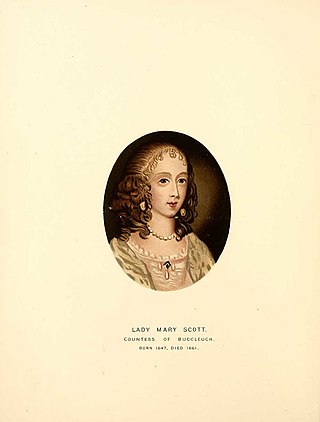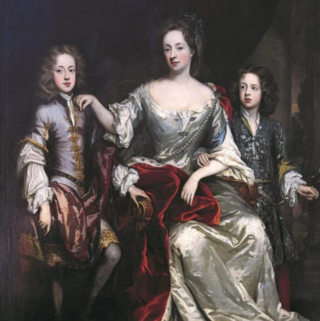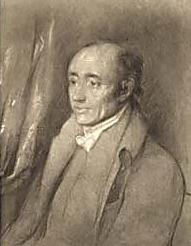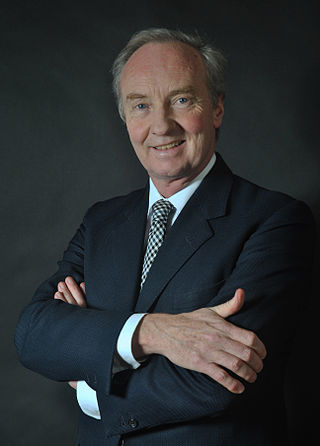
Duke of Buccleuch, formerly also spelt Duke of Buccleugh, is a title in the Peerage of Scotland created twice on 20 April 1663, first for James Scott, 1st Duke of Monmouth, and second suo jure for his wife Anne Scott, 4th Countess of Buccleuch. Monmouth, the eldest illegitimate son of King Charles II, was attainted after rebelling against his uncle King James II and VII, but his wife's title was unaffected and passed on to their descendants, who have successively borne the surnames Scott, Montagu-Scott, Montagu Douglas Scott and Scott again. In 1810, the 3rd Duke of Buccleuch inherited the Dukedom of Queensberry, also in the Peerage of Scotland, thus separating that title from the Marquessate of Queensberry.

Francis Hay, 9th Earl of Erroll was a Scottish nobleman. A convert to Catholicism, he openly conspired with the king of Spain to try to unseat the Protestant Queen Elizabeth.

Walter Francis Montagu Douglas Scott, 5th Duke of Buccleuch, 7th Duke of Queensberry,, styled Lord Eskdail between 1808 and 1812 and Earl of Dalkeith between 1812 and 1819, was a prominent Scottish nobleman, landowner and politician. He was Lord Keeper of the Privy Seal from 1842 to 1846 and Lord President of the Council.

Clan Scott is a Scottish clan and is recognised as such by the Lord Lyon King of Arms. Historically the clan was based in the Scottish Borders.

Walter Scott, 5th of Buccleuch, 1st Lord Scott of Buccleuch was a Scottish nobleman and famous border reiver, known as the "Bold Buccleuch" and leader of Kinmont Willie's Raid.

Mary Scott, 3rd Countess of Buccleuch and Countess of Tarras was a young Scottish peer. Mary was born at Dalkeith Castle, Midlothian, to Francis Scott, 2nd Earl of Buccleuch and his wife, Lady Margaret Leslie, daughter of John Leslie, 6th Earl of Rothes. In 1651, her father died, making four-year-old Mary, who was the Earl's eldest daughter, the suo jure countess of Buccleuch. She immediately became one of the most desirable matches in the kingdom. On 9 February 1659, aged only eleven years old, she married Walter Scott of Highchester, who was at that time fourteen. He was created Earl of Tarras a year later. Her mother arranged the marriage without proclamation, with a warrant from the presbytery of Kirkcaldy. It created a lot of disapproval and the court ruled that the couple should be separated until Mary reached the age of twelve. During their separation, they continued a very affectionate correspondence. However, she fell ill and died two years after their reunion, aged thirteen, in 1661, and her titles passed to her sister, Anne.

Anne Scott, 1st Duchess of Buccleuch was a wealthy Scottish peeress. After her father died when she was a few months old, and her sisters by the time she was 10, she inherited the family's titles. She was married to James Scott, 1st Duke of Monmouth, and the couple had six children, only two of whom survived past infancy.

Charles William Henry Montagu-Scott, 4th Duke of Buccleuch and 6th Duke of Queensberry, KT, styled Earl of Dalkeith until 1812, was a British landowner, amateur cricketer and Tory politician.

John Hay, 2nd Marquess of Tweeddale PC was a Scottish nobleman.

William Henry Walter Montagu Douglas Scott, 6th Duke of Buccleuch and 8th Duke of Queensberry, was a Scottish Member of Parliament and peer. He was the paternal grandfather of Princess Alice, Duchess of Gloucester, and the maternal great-grandfather of Prince William of Gloucester and Prince Richard, Duke of Gloucester.

Walter Scott, 1st Earl of Tarras was a Scottish nobleman. Born Walter Scott of Highchester, he married his kinswoman Mary Scott, 3rd Countess of Buccleuch, daughter of Francis Scott, 2nd Earl of Buccleuch and Lady Margaret Leslie, on 9 February 1659 in Wemyss, Fife. She died in 1661 and the couple had no children. He married Helen Hepburn of Humbie in 1677, and they had a number of children. He was granted the titles Earl of Tarras and Baron Almoor and Campcastill in the Peerage of Scotland in 1660. These were early examples of a life peerage, being granted "for the days of his natural life", to make Walter Scott of equal rank to his wife. In 1685 he was attainted, but restored in 1687.

Richard Walter John Montagu Douglas Scott, 10th Duke of Buccleuch and 12th Duke of Queensberry,, styled as Lord Eskdaill until 1973 and as Earl of Dalkeith from 1973 until 2007, is a Scottish landholder and peer. He is the Duke of Buccleuch and Queensberry, as well as Chief of Clan Scott. He is the heir of James, Duke of Monmouth, the eldest illegitimate son of Charles II and his mistress, Lucy Walter, and more remotely in a direct male line from Alan of Dol, who came to Britain in 1066 with William the Conqueror.

Walter Scott, 1st Earl of Buccleuch, 2nd Baron Scott of Buccleuch was a Scottish nobleman.

John Hay, 1st Marquess of Tweeddale was a Scottish peer and politician who served as Lord Chancellor of Scotland.

Alexander Montgomerie, 6th Earl of Eglinton was a Scottish aristocrat and soldier, originally known as Sir Alexander Seton of Foulstruther.
Elizabeth Douglas, Countess of Erroll was a Scottish aristocrat.

Robert Beaton of Creich was a Scottish landowner and courtier. He served as a Master of Household to Mary, Queen of Scots.
Thomas Kerr of Ferniehirst was a Scottish landowner, Roman Catholic and supporter of Mary, Queen of Scots. He and Jean Scott ended the feud between the Scott family and the Kerrs. Thomas and Jean were both involved with supporting Mary, Queen of Scots.

John Beaton of Creich was a Scottish landowner and courtier.
Charles Hay, 3rd Marquess of Tweeddale PC was a Scottish nobleman.
















